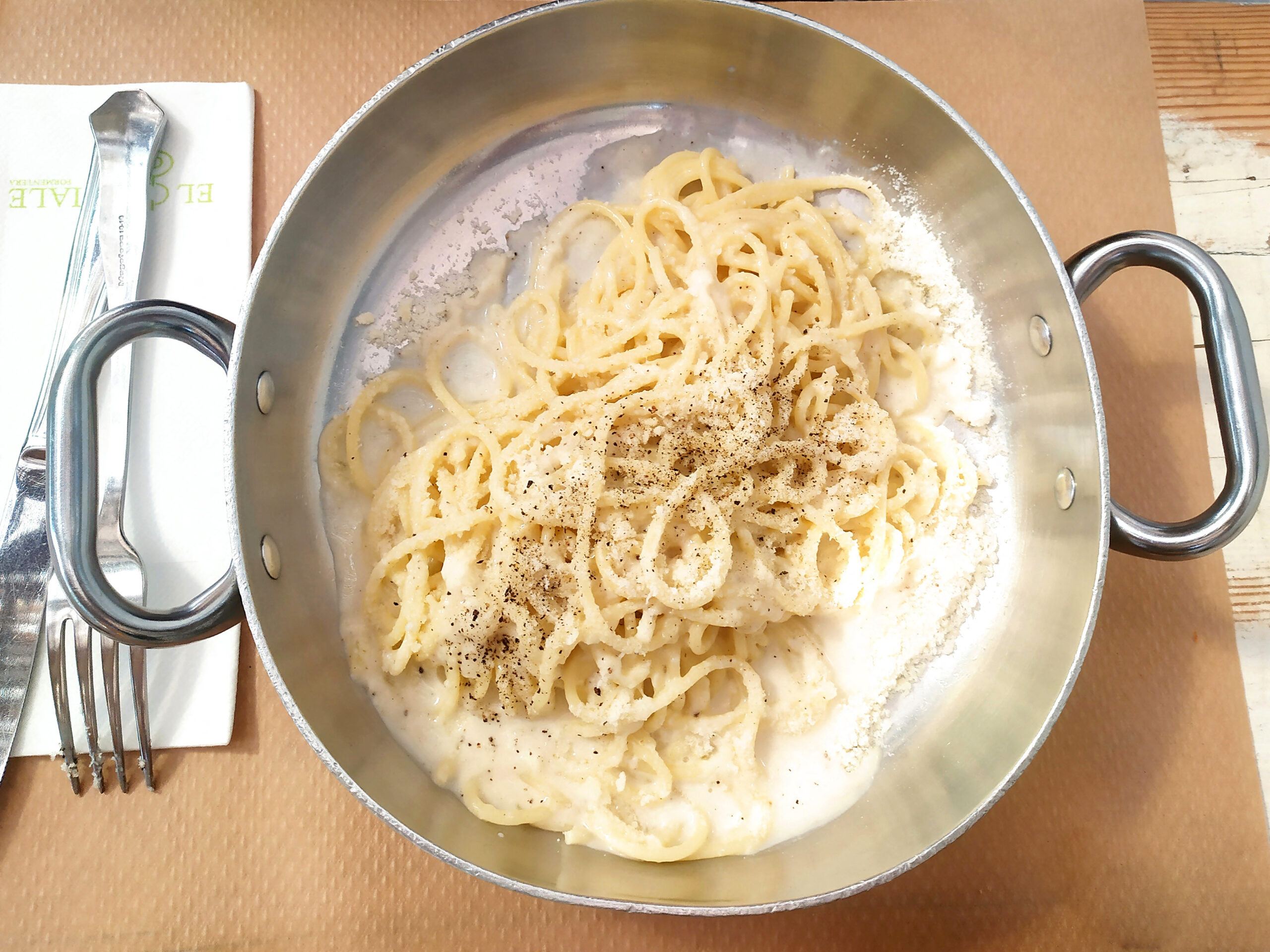-

 Celebrity News1 week ago
Celebrity News1 week agoGigi Hadid Sparks Engagement Buzz With Bradley Cooper After Sporting Gold Band On That Finger
-

 Celebrity News5 days ago
Celebrity News5 days agoBrad Pitt Goes All Out To Stay Close To Twins Vivienne and Knox Before They Turn 18
-

 News1 week ago
News1 week agoModern Forensics Could Potentially Solve Century-Old Lindbergh Baby Case
-

 Celebrity News1 week ago
Celebrity News1 week agoHow Late Comedian Ruth Buzzi and Husband Kent Proved Their Critics Wrong: ‘Their Love Was Real’
-

 Celebrity News5 days ago
Celebrity News5 days agoJennifer Aniston on Edge After Stalker Incident — Now Desperate to Leave L.A. for a Safer, More Peaceful Life
-

 Celebrity News1 week ago
Celebrity News1 week ago‘Desperate Housewives’ Cast Shocked By Reboot Snub, Moving Ahead With Younger Stars
-

 Celebrity News3 days ago
Celebrity News3 days agoMegan Fox Urged to Not Give Baby Daddy Machine Gun Kelly a Second Chance Following Flirty Outing
-

 Celebrity News1 week ago
Celebrity News1 week agoHollywood Hookups: Crystal Hefner Gets Engaged, Laura Harrier Splits, and Jojo Siwa Finds Love Again
-

 Celebrity News4 days ago
Celebrity News4 days agoSherri Shepherd’s Executive Producer Under Fire After Begging Fans To Send Money For His Mom’s Birthday
-

 Celebrity News1 week ago
Celebrity News1 week agoCeleb Crushes! Chrissy Teigen, Garth Brooks and More Reveal Their ‘Hall Passes’
-

 Celebrity News4 days ago
Celebrity News4 days agoDavid Muir Stuns Staffers By Prioritizing Barbra Streisand’s Duets Album Over Major Headlines on ‘World News Tonight’
-

 Celebrity News5 days ago
Celebrity News5 days agoZendaya and Tom Holland Struggle to Plan a Wedding Amid Nonstop Work and Long-Distance Living













